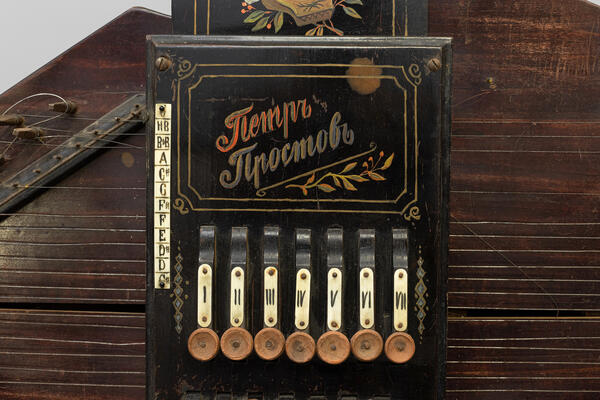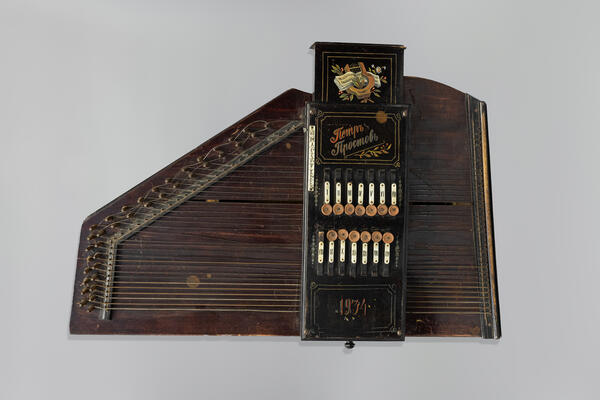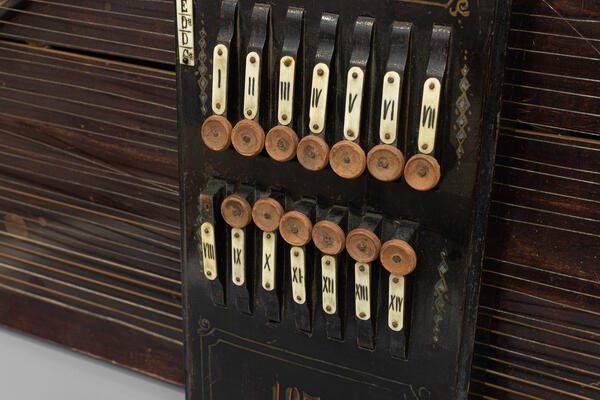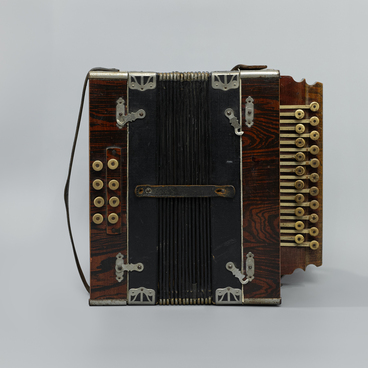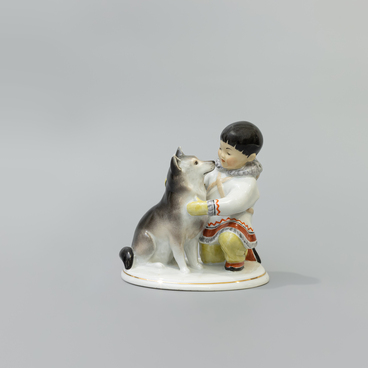The zither used to be one of the most popular musical instruments in Europe and became an integral part of the culture of many countries. It is played by plucking or strumming the strings with the fingers of both hands. The left hand provides the chord accompaniment, while a plectrum on the right thumb is used to produce the melody. The first and second fingers of the right hand pluck the bass strings, while the third finger of the right hand plays the contrabass strings. The instrument can lie flat on a table or be held on the lap.
The German word “zither” originated from the Latin word “cithara”. It was used to refer to a group of ancient Greek stringed instruments. The citharae were a type of the lyre. Another name “cittern” can be found in German books from the 16th and 17th centuries.
The earliest known instrument of the zither family is a Chinese guqin. Similar instruments appeared throughout Asia, including the Japanese koto, the Middle Eastern kanun, and the Indonesian gamelan. As Europeans began creating their own versions of these instruments, the zither emerged. It became a popular folk music instrument in Bavaria and Austria in the 18th century.
In 1791, a performance of “The Bassoonist, or The Magic Zither, ” a play in three acts, premiered at the Theater in der Leopoldstadt in Vienna. The libretto for the play was written by the Austrian dramatist Joachim Perinet, and the music was composed by the Austrian composer and conductor Wenzel Müller. In the play, the zither acts as a magical instrument that can inflame or soothe passions.
In 1838, Nikolaus Weigel from Munich proposed an improvement to the design of the zither. The idea was to adopt fixed bridges, add additional strings, and chromatically fret the fingerboard. His ideas were not, however, widely accepted until 1862, when the luthier Max Amberger of Munich fabricated a new zither based on Weigel’s design.
The zither came to the Russian Empire in the 19th century. In 1851, the Austrian musician Franz Martinovich Bauer moved to Russia. Later, he set up a zither school and started performing not only in St. Petersburg but also in various smaller cities and towns across Russia.

